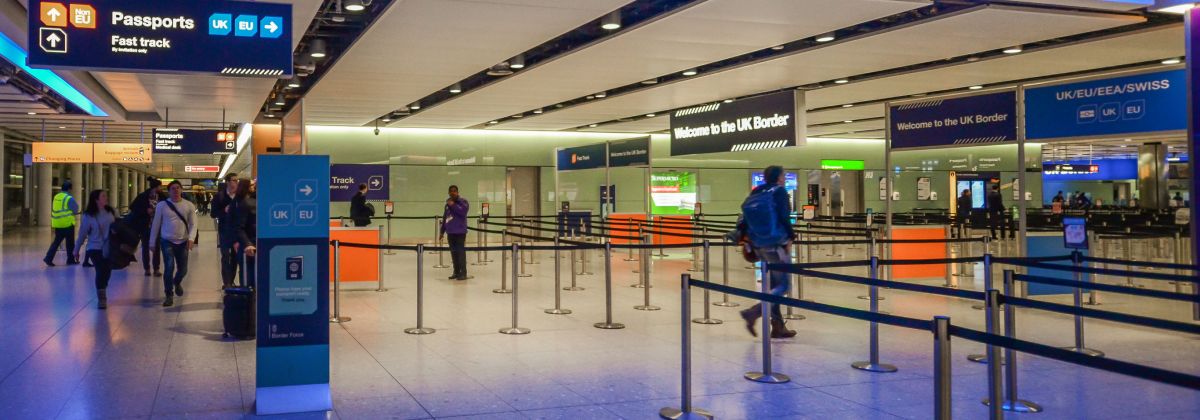National Audit Office report on immigration enforcement

June 17, 2020
Alp Mehmet, Chairman of Migration Watch UK, said:
This devastating report suggests that immigration enforcement has seriously decayed at a time when it is needed most. Budgets and returns have fallen to such an extent that it is having a harmful effect.
The report includes estimates by other organisations, including by Migration Watch UK, that there are up to a million people here illegally, and yet the Home Office only focuses on a fraction of this number each year. This can only spur more people to hide in the knowledge that they will fall off the radar.
Note to editors:
The report (which you can read here) finds, among other things, that...
- There were 46,900 attempts detected by the HO of people trying to enter the UK by clandestine means between November 2018 and October 2019, compared to 40,800 in the same period in 2018. It is not clear whether the Department is detecting a greater proportion of these attempts or if there have been more attempts overall.
- 62% of Immigration Enforcement detainees are released from detention without removal because of problems in completing their return.
- Between 2015-16 and 2019-20, the Immigration Enforcement directorate has managed an 11% reduction in its resources (Figure 4 on page 20). It has done so through a series of measures, including reducing spend on external contracts, introducing new technology, postponing some development projects and by modernising and reducing the size of its detention estate. By the end of the 2019-20 financial year it had reduced its headcount by around 5% while managing the 11% reduction in its financial resources.
- Immigration Enforcement has undertaken limited work to increase its understanding of the hidden population.
- Because it does not know the size of the illegal population, the Department has instead developed a dataset of known individuals to help it to better understand and categorise cases. From this, the Department has estimated demand for immigration enforcement activity to be between 240,000 and 320,000 cases per year. The Department will know of more people who have no leave to remain, but it excluded them from this calculation as they had no contact with Immigration Enforcement or other parts of government within the previous two years.
- The Department had an acting Director General for Immigration Enforcement in post for nearly two years, which contravenes its rules for temporary senior posts.
- Recent HO analysis found that the Department's activities to prevent illegal entry into the UK have a greater impact than activities to reduce the illegal population already within the UK.
- One of IE functions is the management and processing of the 90,000 immigration offenders who comprise the UK's reporting population.
- Performance against the crucial measure of returns has fallen. The Department has returned fewer people in the past year than in previous years and is completing fewer planned returns from detention. The number of voluntary and enforced returns has fallen dramatically since 2015.
- The Department significantly reduced the size of its detention estate since 2016, reducing its costs by £40 million (21%), and is detaining people for a shorter time. However, the Department faces a series of complex challenges in this area, including legal challenges, asylum claims and constraints due to agreements with other countries. There is also evidence of increasing numbers of claims against removal at late stages in the process.
- IE teams were not always able to see how their work fitted within business area objectives and there were examples of inefficiency in all seven business areas that the NAO visited.
- As many as 59,000 people whose visa had expired may have stayed in the UK in the 2018-19 financial year.
